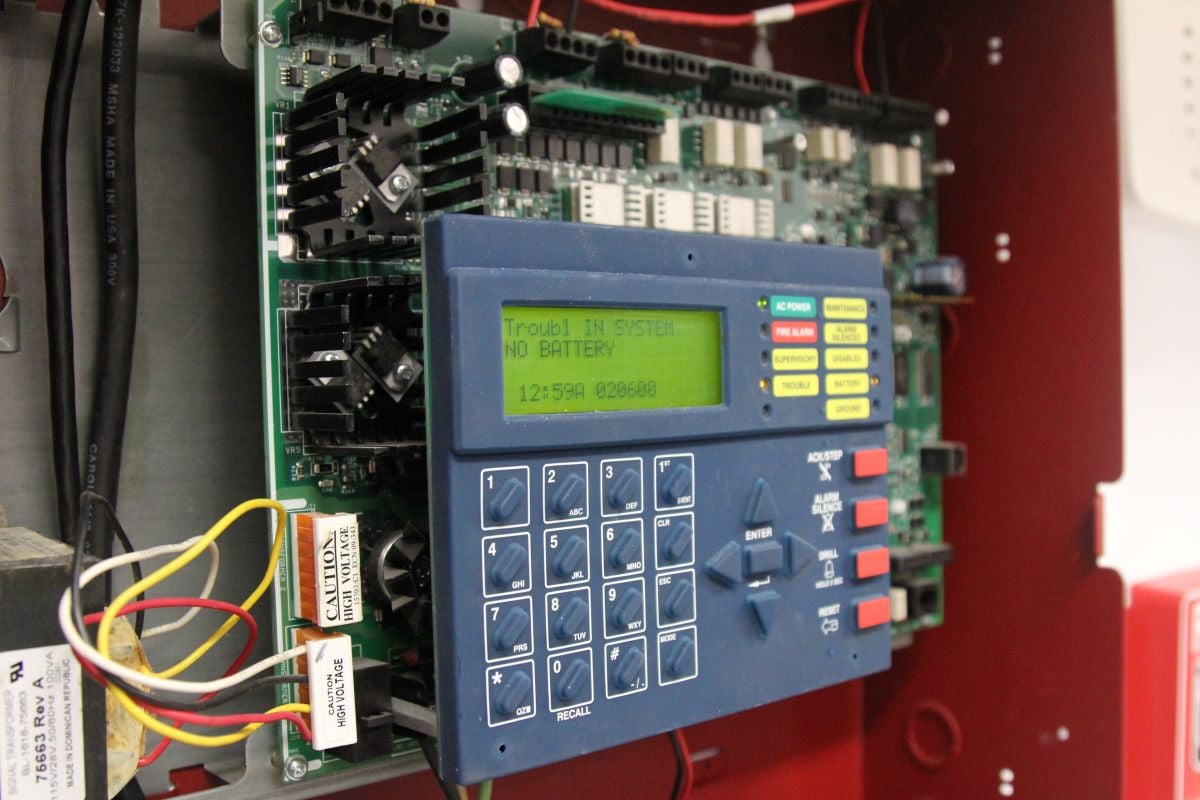Although fire alarm systems are designed to keep you and your business safe, it can be unnerving to suddenly see random things lighting up on your device’s panel if you don’t know what they mean.
The best way to ease your mind and prevent yourself from assuming the worst — while also being prepared for it — is to have a good grasp of what each signal means. As such, this article will focus on the three basic fire alarm signals, what they mean when you see them, and how you should proceed once you do see them.
Understanding Fire Alarm Panel Signals
The standard three fire alarm panel signals are trouble, alarm, and supervisory. Understanding the differences between each of these is key to staying safe and keeping your alarm well-maintained and ready when a problem occurs.
Trouble Signals
Trouble signals tell you that an operational or maintenance issue needs fixing instead of outright declaring an emergency. The signal is usually yellow, and some fire alarm systems will even indicate what and where the problem lies.
You’ll likely see a trouble signal if your fire alarm needs new batteries or if there’s a disconnect between the batteries and the alarm itself. Fire protection systems that don’t have power can also flash a trouble signal.
A ground fault caused by a storm in your area could also damage your circuits, resulting in an operational problem, but perhaps the most obscure reason you’ll see this signal is that you’ve switched to a voice-over IP from copper lines. If you see this signal and you’ve recently swapped, call your fire protection services provider to verify that your system is compatible.
Alarm Signals
An alarm signal goes off when the system finds an emergency that requires your immediate attention. With that being said, however, it is important to understand that certain situations can produce false alarms; even though you’ll want to take your alarm signals at face value, it’s good to recognize what may be a false alarm.
If you have older or unclean smoke detectors, they won’t correctly assess the air and could trip the alarm unwillingly. A lack of fire alarm maintenance can also cause a false alarm. The least likely cause is someone purposely tripping the alarm, which is a frustration you can thankfully avoid by installing pull station covers.
Supervisory Signals
Supervisory signals alert you to problems with devices connected to your facility’s fire alarm system. For example, the signal may go off after you start your AC or heating system for the first time in the season. The duct detectors could misinterpret condensation, humidity, or even singed dust on your heating coils as supervisory issues, tripping the signal. The supervisory signal could also alert you to a problem occurring with a sprinkler valve malfunction.
A supervisory signal is visually indicated by a yellow light, but it’s typically accompanied by a fast beeping sound to differentiate between trouble signals. Supervisory issues are very seldom threats, but they do strongly imply that you’ll want a fire protection professional to investigate any potential problem areas.
Build Fire Alarm Signal Awareness
You must arm yourself with knowledge about the different signals fire alarms give off. Knowing what each signal means will help you decipher what course of action you need to take, and even when such signals are not indicative of an emergency, understanding them will help you get the attention your fire alarm needs, which can make all the difference should an emergency ever come to pass.





